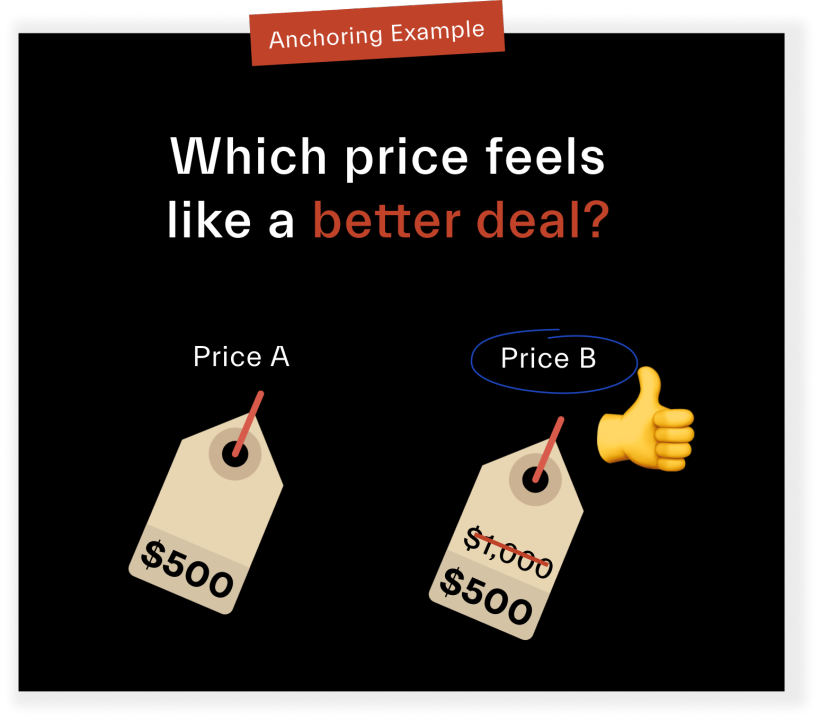Understanding Behavioral Triggers and Cues in Marketing
Understanding Behavioral Triggers and Cues in Marketing
This document details the concept of behavioral triggers and cues, along with their importance in tailoring marketing messages.
Behavioral Triggers and Cues
In marketing, effectively engaging with your audience often comes down to understanding the subtle signals that influence their behavior. This section will explore what behavioral triggers and cues are, and how they help deliver the right message at the right time.
-
Rules Based on Customer Actions:
- Behavioral triggers are rules that are set up around what a customer does. These rules can be based on a customer's action in order to deliver the right message at the right time.
- Real-life Example: If someone adds a product to their online shopping cart, but doesn't complete the purchase within 24 hours, you might trigger an email reminding them about the item, giving them a chance to revisit and finalize the purchase.
-
Definition of Behavioral and Trigger Marketing:
-
Behavioral Marketing:
- An advertising approach that studies a customer's online behavior to deliver personalized messages and recommendations.
- Real-Life Example: A clothing retailer targeting users with ads featuring specific styles of clothing based on their past browsing history.
-
Trigger Marketing:
- Sending marketing messages to customers when a specific event happens.
- Real-Life Example: An airline sending a birthday email with a special offer.
-
Behavioral Marketing:
The Role of Marketing Cues
Marketing cues are signals that represent the attributes and context of a product or service and influence a consumer's decision-making. These cues are crucial for consumers and businesses to help make the right choices based on the proper sensory input.
-
Price Cues: Marketing tactics that convince customers that a product's price is a good value compared to competitors.
-
Visual Cues: Design elements (like colors, imagery, layout) on webpages, ads, and other digital marketing channels that help users quickly understand information and create positive impressions.
- Real-life Example: Using high-quality product photos or professional-looking website design.
-
Internal Cues: Inherent characteristics of a product, such as its size, shape, and taste.
- Real-life Example: For food products, showcasing its different tastes.
-
Styling, Packaging, and Store Display: Elements that help consumers decide on a product, as long as the consumer is interested in purchasing.
- Real-life Example: Creating attractive product labels and arranging them in a way that is appealing to customers.
Understanding the Five Basic Cues of Sensory Input
To successfully advertise a product, marketers need to understand how to appeal to these different forms of sensory input to influence their customers positively
- Visual Cues: Relating to Sight. Consumers are attracted to visual elements like colors, graphics, layouts and videos that help to quickly understand information
- Auditory Cues: Relating to Hearing. This is important for TV or radio ads, and consumers also appreciate sound that engages them
- Logical Cues: Relating to Reasoning. By understanding the underlying reasons for a customer's purchase can help you to improve it.
- Verbal Cues: Relating to Language and Words. You can create an appealing content by making well informed choices and using the correct terminology for your customer's needs.
- Kinesthetic Cues: Relating to Touch and Movement. Consumers want to feel as if they are using your product or service as if they are experiencing and touching it.
Understanding the Concepts of Smell and Taste Receptors and Common Taste Disorders
Lastly, to better understand the sensory inputs of customers, marketers need to understand taste and smell, which will greatly influence customers in the food, beverage and other related industries. These cues are especially important in the food and beverage industry.
-
Smell Receptors:
- The average dog has a higher number of receptors as compared to humans and the use of certain smells such as vanilla, chocolate and other comforting aromas are useful
- Real-life Example:" Coffee shops often use a vanilla scent to trigger customer’s attention
-
Taste Receptors:
- Taste receptors exist to taste and react to chemicals in our food and drinks. Using this knowledge is essential
- Real-Life Example: Food brands ensuring a balanced blend of sweet, salty, sour, and bitter flavors to create appealing products.
-
Taste Disorders:
- Ageusia, Dysgeusia, Hypergeusia, Hypogeusia, Phantom Taste Disorder, and recognizing that taste disorders exist.
- Real Life Example An understanding of taste disorders, helps businesses adapt their communication depending on any special circumstances

